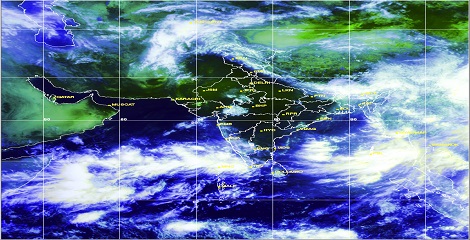With an aim to make the interface more audience friendly and fill the communication with civil administration, the India Meteorological Department (IMD) has changed the languages and also redefined many of its terms.
- As per the reports, India Meteorological Department has reviewed the terminology and factors determining each of these terms, based on supporting observational data.
- The changes have been made in order to understand the upcoming weather events and reports of the department more appropriately.
 Following are some of the major changes introduced by the department
Following are some of the major changes introduced by the department
Normal: ± 10 percent of the long period average (lpa).
Below normal: Rainfall lowers than 10% below average of the lpa.
Above normal: Rainfall greater than 10% above average of the lpa.
Deficient year: Rainfall deficit between 10 and 20% up to 40% of India’s spatial area.
Large deficient year: Rainfall deficit of over 10% across more than 40% of India’s area.
Following are the standardized key terms by the IMD
Heat wave: Temperatures greater than 4.5 Degrees Celsius above usual temperatures for the region.
Severe heat wave: Temperatures greater than or equal to 47 Degrees Celsius.
Cold wave: Temperatures less than 4.5 Degrees Celsius below usual temperatures for the region.
Severe cold wave: Minimum temperature is 2 Degrees Celsius or lower.
Criteria to classify seasonal rainfall
IMD has introduced 6 new categories replacing old four rainfall categories (excess, normal, deficient and scanty).
Large excess: 60% and above.
Excess: between 20% and 59%.
Normal: minus 19% to plus 19%
Deficient: minus 20% to minus 59%
Large deficient: below 60%
No Rain: 0%
About India Meteorological Department:
Also known as the Met Department, the India Meteorological Department (IMD) is an agency of the Ministry of Earth Sciences of the Government of India. India Meteorological Department is the principal agency in the country responsible for meteorological observations, weather forecasting and seismology.
- Headquartered – New Delhi
- Minister of Earth sciences – Dr. Harsh Vardhan




